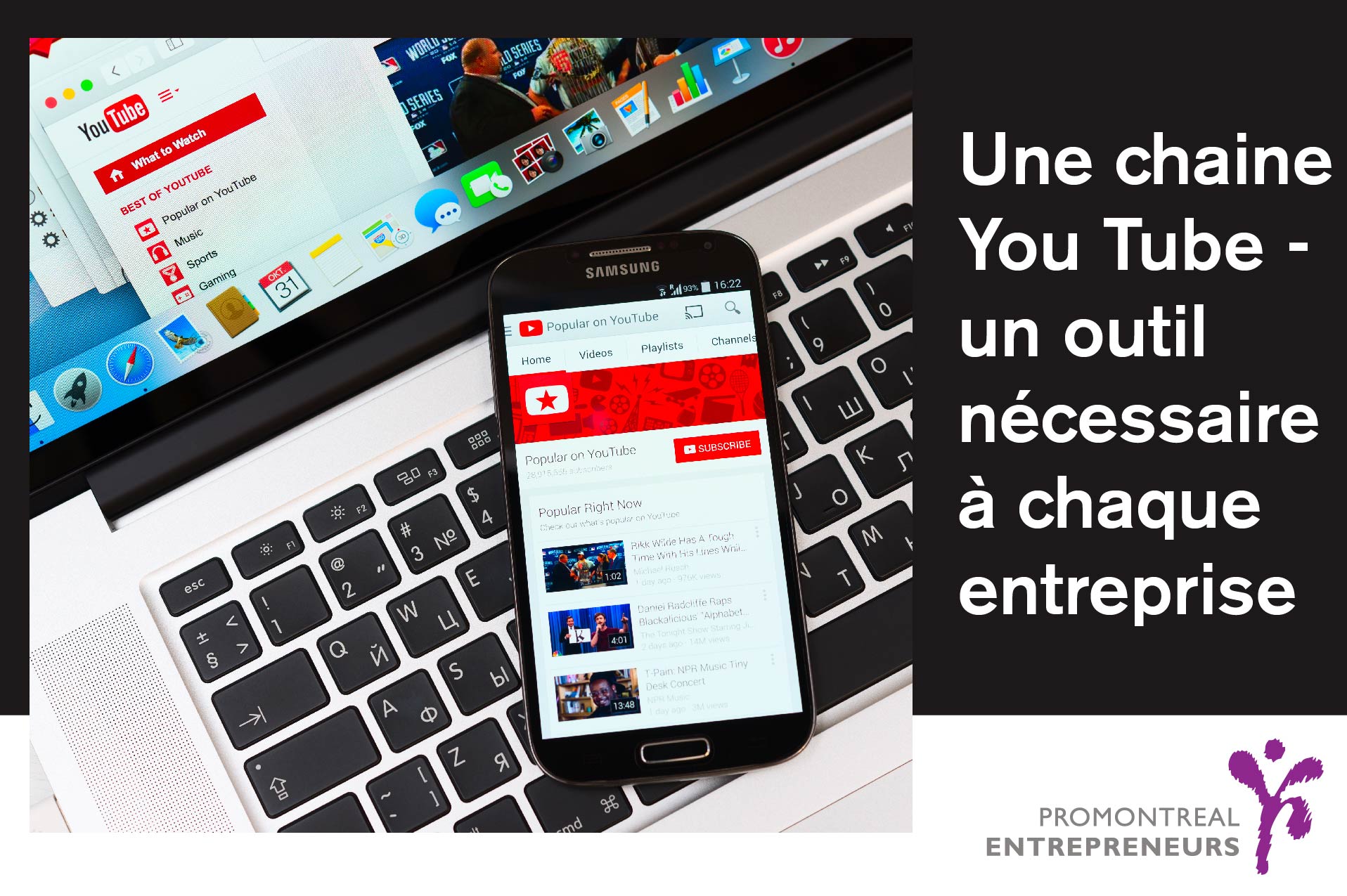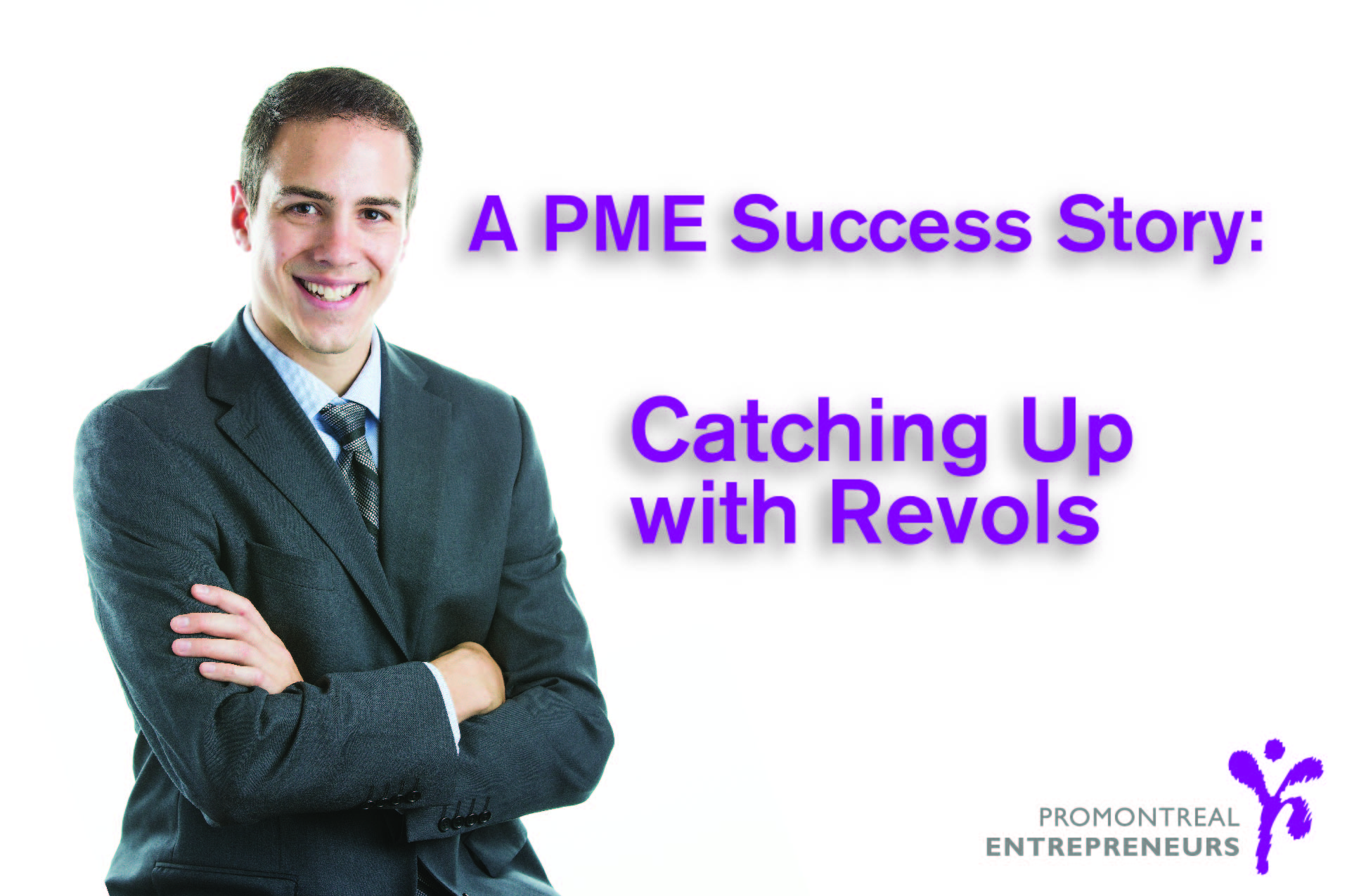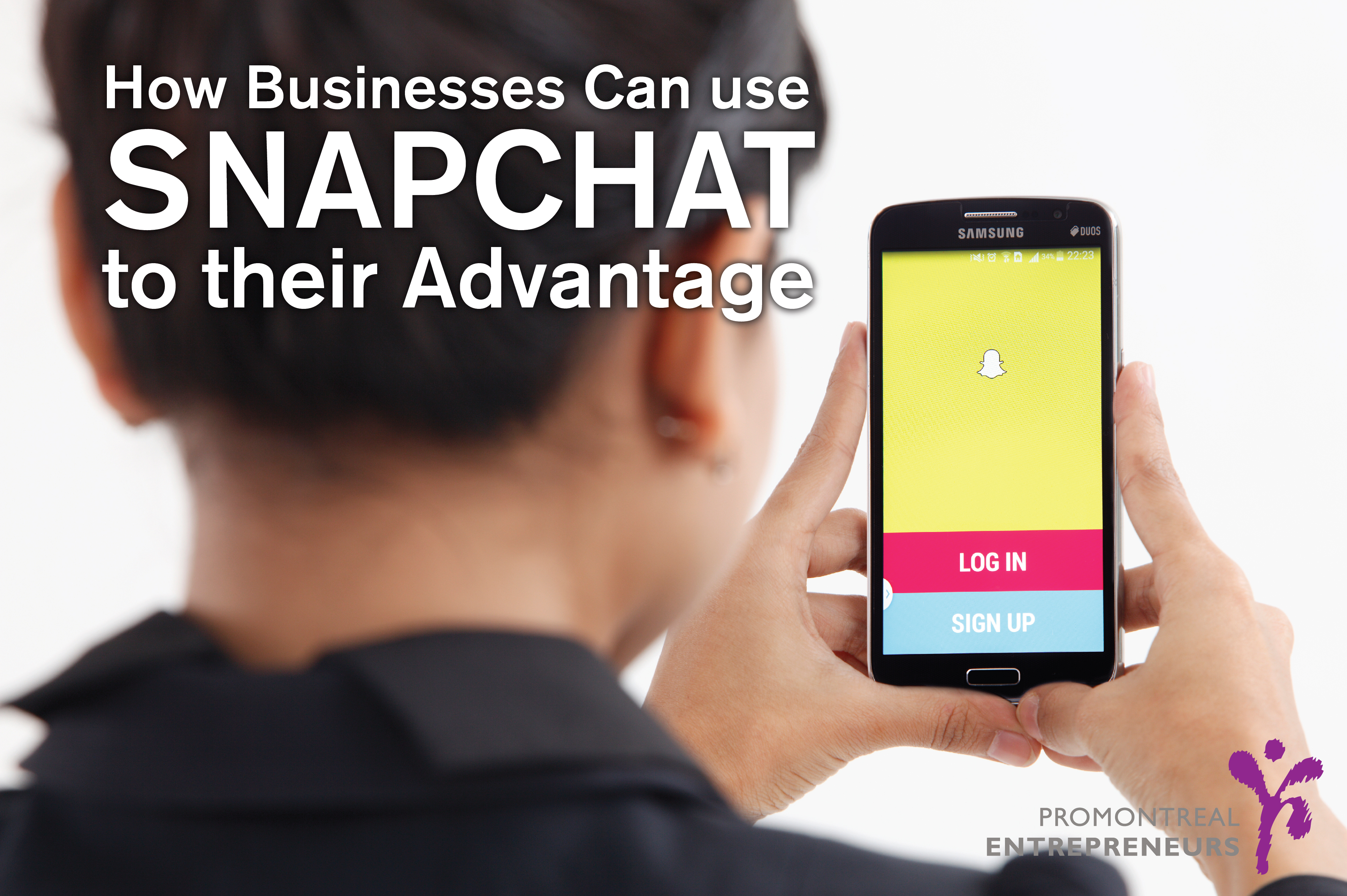 «Le message, c’est le médium». La phrase célèbre de Marshall McLuhan ne pourrait viser plus juste. La plupart du temps, ce n’est pas le contenu que vous créez qui fait la différence, c’est plutôt la façon dont vous choisissez de le diffuser. Par exemple, un concept qui peut sembler médiocre sous forme de publicité imprimée peut résonner brillamment sur film. De nos jours, les vidéos publiées sur YouTube sont incontestablement le meilleur moyen de propager votre message. En plus de sa vaste portée et de sa capacité d’augmenter considérablement le trafic sur votre site, YouTube est le meilleur outil qui soit offert aux spécialistes du marketing pour présenter une histoire. Andy Nulman, un des fondateurs de Juste pour rire et de Play the Future (PTF), a déclaré que dans le meilleur des scénarios, YouTube peut être un jardin d’Eden, mais dans le pire des scénarios, ça peut devenir l’ange de la mort. S’adressant à une classe d’étudiants de McGill, il a également dit que les vidéos YouTube, lorsqu’elles sont correctement présentées, valent potentiellement un million de mots. Nous sommes entièrement d’accord. Voici quelques raisons pour lesquelles nous croyons que YouTube devrait être une méthode de commercialisation utilisée par tous les entrepreneurs.
«Le message, c’est le médium». La phrase célèbre de Marshall McLuhan ne pourrait viser plus juste. La plupart du temps, ce n’est pas le contenu que vous créez qui fait la différence, c’est plutôt la façon dont vous choisissez de le diffuser. Par exemple, un concept qui peut sembler médiocre sous forme de publicité imprimée peut résonner brillamment sur film. De nos jours, les vidéos publiées sur YouTube sont incontestablement le meilleur moyen de propager votre message. En plus de sa vaste portée et de sa capacité d’augmenter considérablement le trafic sur votre site, YouTube est le meilleur outil qui soit offert aux spécialistes du marketing pour présenter une histoire. Andy Nulman, un des fondateurs de Juste pour rire et de Play the Future (PTF), a déclaré que dans le meilleur des scénarios, YouTube peut être un jardin d’Eden, mais dans le pire des scénarios, ça peut devenir l’ange de la mort. S’adressant à une classe d’étudiants de McGill, il a également dit que les vidéos YouTube, lorsqu’elles sont correctement présentées, valent potentiellement un million de mots. Nous sommes entièrement d’accord. Voici quelques raisons pour lesquelles nous croyons que YouTube devrait être une méthode de commercialisation utilisée par tous les entrepreneurs.
PORTÉE
Ce n’est pas un secret que YouTube est un espace très achalandé. Avec près de 300 heures de vidéos téléchargées chaque minute, YouTube peut sembler être une plateforme intimidante pour beaucoup d’entrepreneurs. Sans compter le fait que la grande majorité de ces vidéos ne sont pas produites avec les connaissances nécessaires pour attirer un large auditoire, qu’elles ne recueillent probablement que quelques dizaines de vues, et que vous ne ciblez pas les mêmes personnes. YouTube est le deuxième plus grand moteur de recherche au monde avec un milliard d’utilisateurs chaque jour. Obtenir qu’un tout petit pourcentage de ces gens trouve votre vidéo par le biais d’une recherche ou d’une recommandation est le meilleur de tous les types de contact que vous pouvez espérer avec des clients potentiels.
TRAFIC
Sur YouTube, le trafic se fait dans les deux sens. Les gens peuvent accéder à vos vidéos YouTube à partir de votre site Web et d’autres plateformes, d’où vous êtes le plus susceptible d’attirer les clients existants vers votre chaîne YouTube, en même temps que vous attirez de nouveaux clients vers vos autres plateformes à partir de votre chaîne YouTube. Cela est rendu possible parce que les vidéos YouTube peuvent facilement être intégrées dans vos plateformes de médias sociaux, blogues, et sites Web de l’entreprise. Plusieurs tactiques d’optimisation pour les moteurs de recherche (SEO) peuvent être utilisées pour vous démarquer dans cet espace bondé et attirer votre marché ciblé des marchés du monde entier.
RACONTEZ UNE HISTOIRE!



 Daniel Blumer and Navi Cohen, founders of
Daniel Blumer and Navi Cohen, founders of  If a prize could be awarded to social media of the year, it would without a doubt go to Snapchat. Just 2 years ago Snapchat was only used by a few avid users. Last year, though benefiting from a quickly increasing user base, it was viewed as a platform for people and not businesses. Snapchat today is not what it was a year ago, let alone 6 months ago. Just download the app and have a look. Acclaimed magazine publications, major televised events, and diverse businesses have found comfort in the social network. If your current marketing plan does not include Snapchat, you should seriously reconsider.
If a prize could be awarded to social media of the year, it would without a doubt go to Snapchat. Just 2 years ago Snapchat was only used by a few avid users. Last year, though benefiting from a quickly increasing user base, it was viewed as a platform for people and not businesses. Snapchat today is not what it was a year ago, let alone 6 months ago. Just download the app and have a look. Acclaimed magazine publications, major televised events, and diverse businesses have found comfort in the social network. If your current marketing plan does not include Snapchat, you should seriously reconsider. All you really need to brush up on your entrepreneurial skills is a good internet connection and a functioning computer. A simple Google search will result in great advice that you can use to your startup’s advantage. You can find amazing blogs from seasoned entrepreneurs, or even watch live streams and webinars. And, best of all, they are free! One of my favorite channels is the
All you really need to brush up on your entrepreneurial skills is a good internet connection and a functioning computer. A simple Google search will result in great advice that you can use to your startup’s advantage. You can find amazing blogs from seasoned entrepreneurs, or even watch live streams and webinars. And, best of all, they are free! One of my favorite channels is the